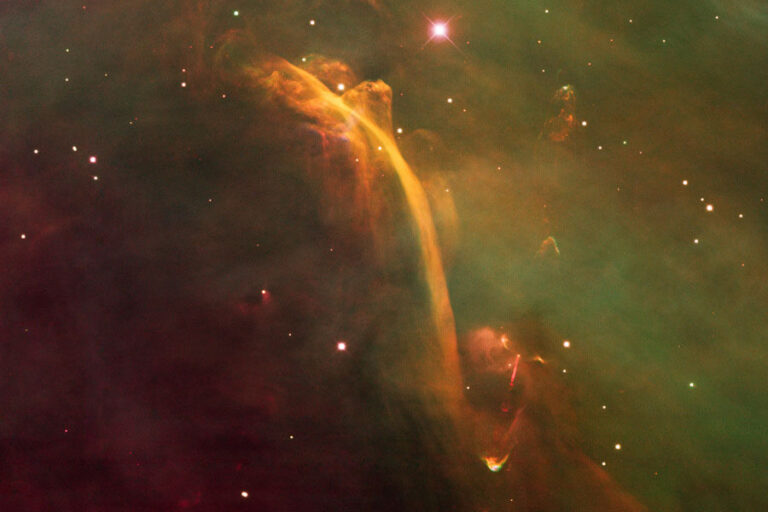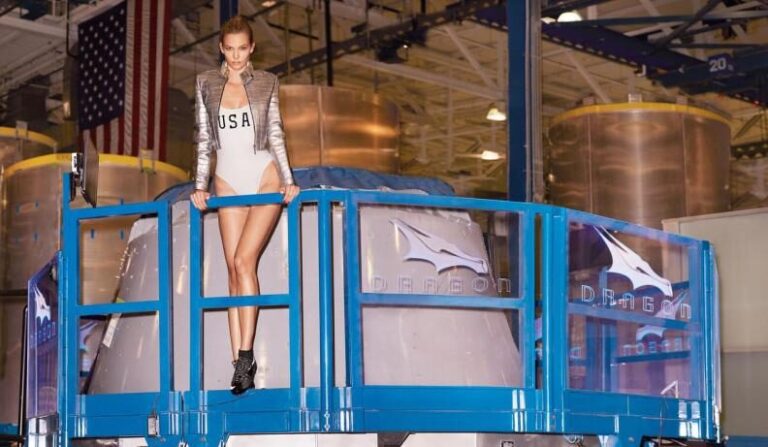The James Webb Space Telescope Is Finally Completed
It has, for nearly 3 decades, given us a glimpse into the dark realms of space that we previously couldn’t have imagined, but the extraordinary Hubble telescope is about to be surpassed as the most powerful planet-spotter in the solar system by the James Webb Space Telescope, which has now been completed. Charles Bolden, the NASA administrator, proudly unveiled the 8.8 billion dollar project in front of the world’s media and explained what he hopes it will achieve.

We are building the James Webb Space Telescope to answer the age-old questions and to bring us to new heights in discovery, understanding and human progress. Webb will allow us to explore ever further into the cosmos, seeing things far beyond the capabilities of the Hubble Space Telescope. It will see the universe light up with the first galaxies to form after the Big Bang and study the formation of star systems capable of supporting life on planets like Earth.
Webb will help us search for signs of life and learn more about the habitability of planets discovered by our fleet of planet hunters and world explorers, including Kepler and the upcoming Transiting Exoplanet Survey Satellite. Webb will also help us understand the evolution and composition of our own Solar System, from the icy moons around Jupiter and Saturn, to known comets and asteroids. It will help us on our Journey to Mars by helping us understand more about the Red Planet, including Martian climate patterns.
The James Webb Space Telescope:
A 6.4 Meter long, gold coated array will be able to collect many times more light than its predecessor, Hubble, and will contain new technology and instruments, able to see further into the abyss. The array is said to be incredibly smooth and if stretched to the size of a continent, would have defects just a few inches high. Many missions and areas of interested are slated for JWST, including peering into the oldest parts of the universe and hunting for exoplanets that might harbor life.
To perform at optimum planet-hunting condition, the telescope needs to be pretty cold; 220 degrees Celsius below zero to be precise. In order to keep the temperature that low, layers of membranes will insulate the array from the suns energy. The membranes were finally finished last week, marking an end to the construction phase. It still needs rigorous testing on certain parts of the device, most importantly the battery and power source. It will go through sound testing and various other conditional testing to ensure that it stays functional in the depths of space.
Everything needs to run perfectly when launched, as they won’t be able to fix it in a hurry. Whilst the Hubble telescope was maintained and even upgraded a few times by manned missions, the JWST will be operating much further out into space and as such, won’t be reachable in a hurry.
The Launch:
If all goes to plan, JWST is scheduled to be placed on board an Ariane 5 rocket and launched into space in October 2018, roughly 2 years from now. A month long journey will then proceed to place the telescope at the second Lagrange point, a special type of orbit explained here, after which its wings will deploy and begin to capture the wonders it was designed to see.

The universe is an unimaginably huge place and thinking about it for too long can be a humbling experience, as Carl Sagan might say. Even still, the curiosity inside most of us urges to know the truth; are we alone? I, like many logically minded people, believe not and I have high hopes that the new telescope will put us a step closer to answering that question.




